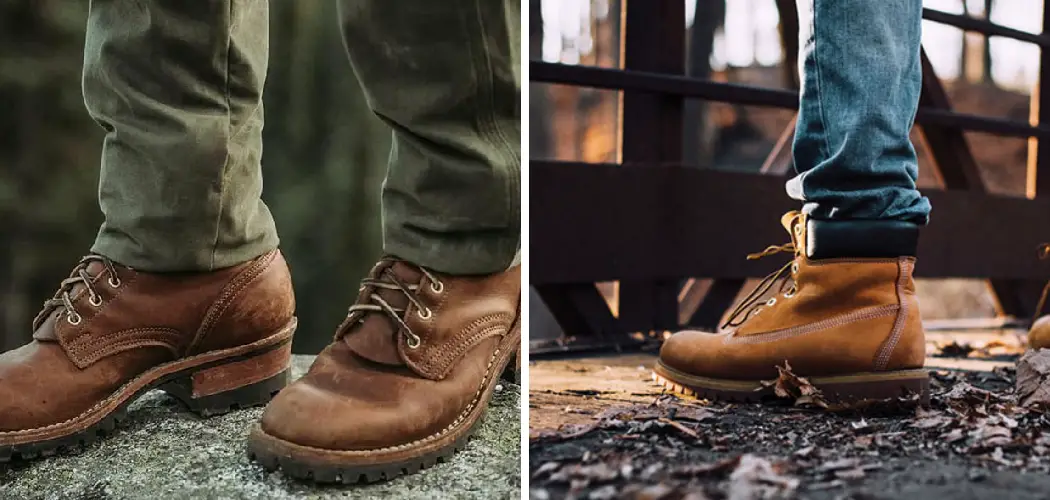Are you tired of suffering through long days at work with uncomfortable footwear? Do your feet ache and blister from the ill-fitting shoes you currently wear? Well, look no further because today we are going to dive into the world of work boots and show you how to wear work boots like a boss.
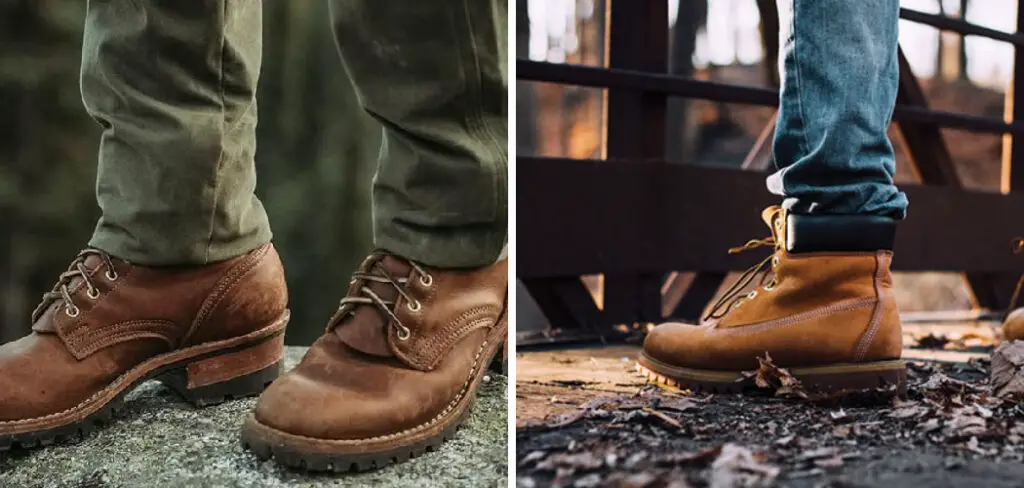
Whether you’re in construction, farming, or any other profession that requires sturdy and reliable footwear, this blog post is here to guide you through finding the perfect pair of work boots and maximizing their comfort and functionality. Say goodbye to foot pain and hello to a comfortable and productive workday with our expert advice and tips.
So, lace up your boots and get ready to step into a world of footwear knowledge that will transform the way you work. Get ready to strut your stuff confidently, knowing that your feet are properly cared for and supported with the ultimate work boot guide.
Step-by-step Guidelines on How to Wear Work Boots
Step 1: Finding the Right Fit
Before we dive into the specifics of wearing work boots, it’s essential to have a pair that fits you properly. Ill-fitting boots not only cause discomfort but can also lead to long-term foot problems and injuries.
When shopping for work boots, make sure to try them on in-store and walk around a bit to assess the fit and comfort level. There should be enough wiggle room for your toes, and the boots should fit snugly around your ankles to provide proper support. Keep in mind that work boots may require some breaking-in time, so don’t be discouraged if they feel a bit stiff at first.
Step 2: Wear Proper Socks
The type of socks you wear can make a significant difference in the comfort of your work boots. Avoid wearing cotton socks as they tend to hold moisture, leading to blisters and discomfort. Instead, opt for moisture-wicking or wool socks that will keep your feet dry and comfortable throughout the day. This will also help prevent foot odor and keep your boots in good condition for longer.
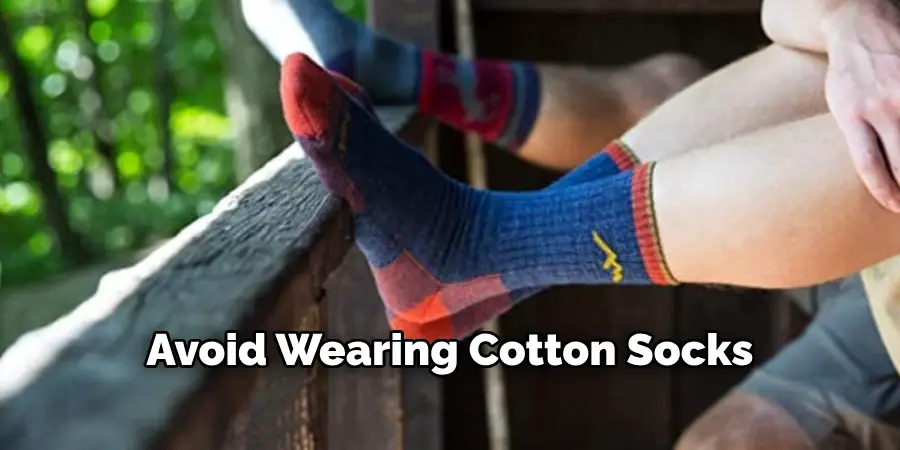
Step 3: Use Appropriate Lacing Techniques
Proper lacing can make a world of difference in how your work boots fit and feel. Make sure to lace your boots snugly but not too tight, as this can restrict blood flow and cause discomfort. Avoid lacing too loosely, as this can lead to blisters and foot slippage. Experiment with different lacing techniques, such as the “heel lock” or “lace lock,” to find the perfect fit for your feet.
Step 4: Break Them In
As mentioned earlier, work boots may require some time to break in properly. It’s essential to wear them for short periods at first and gradually increase the duration as they start molding to your feet. This will prevent blisters and discomfort and ensure that your boots have a perfect fit for long-term wear.
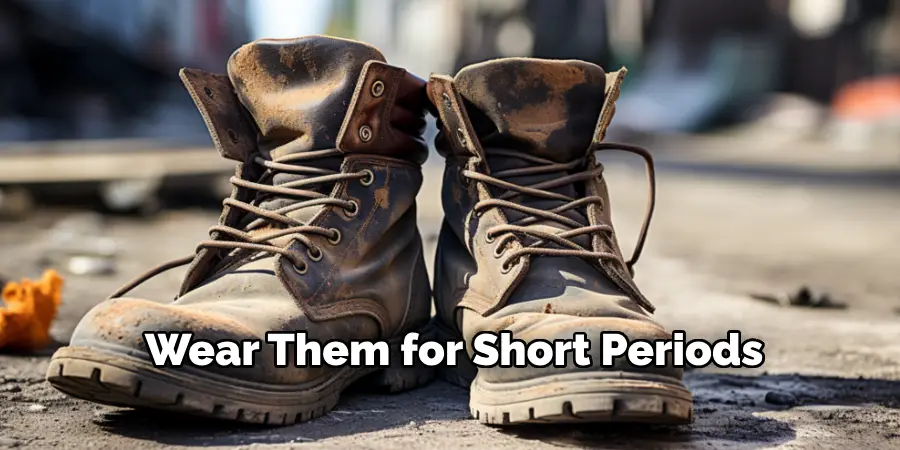
Step 5: Know Your Environment
Different work environments have different demands, and your work boots should reflect that. If you’re working in an industrial setting with potential hazards like slippery floors or heavy machinery, make sure to invest in slip-resistant and steel-toed boots for maximum safety. For outdoor jobs like farming or construction, waterproof and insulated boots may be necessary to protect your feet from harsh weather conditions.
Following these steps will ensure that you get the most out of your work boots and keep your feet happy and healthy throughout the workday. But remember, proper footwear is just one part of maintaining foot health – make sure to rest, stretch, and take care of any injuries or discomfort promptly. Stay safe, comfortable, and productive with the right pair of work boots on your feet! Keep exploring new styles and techniques, and don’t be afraid to try something different for the ultimate work boot experience. Happy working!
Additional Tips and Tricks to Wear Work Boots
- If you have flat feet, make sure to buy work boots with proper arch support. It will provide extra comfort and prevent foot pain.
- Before putting on your work boots, make sure to stretch your calves, ankles, and toes well. This will help you avoid any discomfort while wearing the boots for long hours.
- To break in new work boots quickly, wear them around the house for a few days before wearing them to work. It will allow the boots to mold around your feet and prevent blisters.
- If you own leather work boots, make sure to take care of them regularly by cleaning, conditioning, and waterproofing them. This will help prolong their lifespan.
- Invest in quality thick socks when wearing work boots. They provide extra cushioning and absorb sweat, keeping your feet dry and comfortable.
- Avoid wearing work boots with shorts or pants that are too short. It will expose your legs to the heavy-duty fabric of the boots, causing discomfort and potentially injuring your skin.
- If you work in a wet environment, make sure to wear waterproof work boots to keep your feet dry and prevent any fungal infections.
- Wear proper safety gear such as steel-toed boots and metatarsal guards if your job requires it. It will protect your feet from heavy objects and potential hazards.
- If you have to stand for long periods while wearing work boots, make sure to shift your weight often and take breaks when necessary. This will prevent fatigue and strain on your feet.
- Lastly, always listen to your body. If your feet start to ache or feel uncomfortable, take a break and adjust accordingly. Wearing work boots should not cause extreme discomfort or pain.
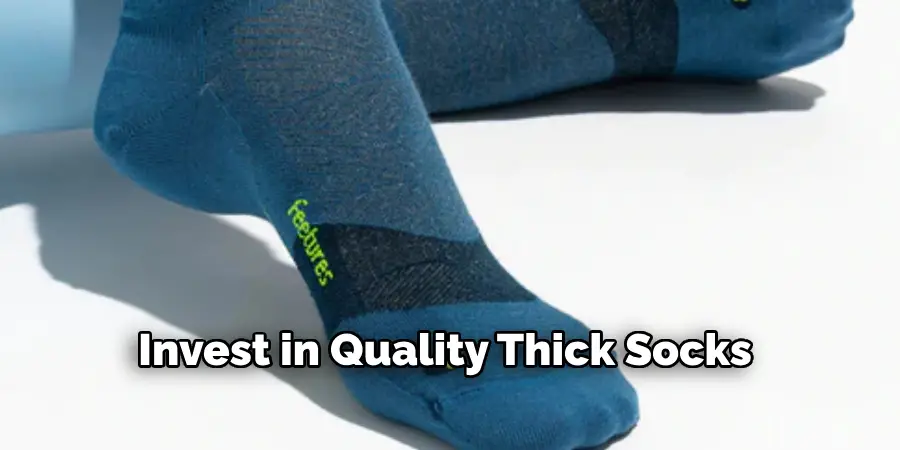
Following these additional tips and tricks will not only make wearing work boots more comfortable, but it will also protect your feet from potential injuries. Remember to invest in quality work boots that fit well and properly take care of them to ensure their longevity. Stay safe and stay comfortable! Happy working!
Things You Should Consider to Wear Work Boots
- The first thing that you should consider when wearing work boots is the size. Work boots come in different sizes, and it is important to find a pair that fits your feet perfectly. Wearing boots that are too small or too big can cause discomfort and even lead to foot injuries.
- Another aspect to consider is the type of work you will be doing while wearing the boots. Different types of work boots are designed for specific tasks and environments. For example, if you work in construction or landscaping, you will need a sturdy pair of steel-toed boots to protect your feet from heavy objects or equipment.
- It is also important to pay attention to the material of the work boots. Leather is a popular choice for its durability and water-resistant properties, but there are also synthetic materials that offer similar benefits. Consider the weather and conditions of your workplace when choosing the material.
- The fit of the work boots is crucial for comfort and safety. Make sure to try on different pairs and walk around in them to find the best fit. It is recommended to leave enough room for your toes to wiggle, but not too much that your foot moves around inside the boot.
- Socks play a role in wearing work boots as well. Choose socks that are moisture-wicking and provide enough cushioning for your feet. Avoid cotton socks as they tend to retain moisture, which can lead to blisters and discomfort.
- In addition to size and fit, it is important to break in your work boots before wearing them for a full day of work. This will allow the boots to conform to your feet and prevent any discomfort or blisters.
- Consider adding insoles for additional comfort and support. There are many types of insoles available, such as gel or memory foam, that can help alleviate foot pain and provide extra cushioning.
- It is important to inspect your work boots regularly for any signs of wear and tear. Replace them as needed to maintain their safety and comfort features.
- Finally, keep in mind the dress code of your workplace when choosing work boots. Some jobs may require specific styles or colors, so make sure to check with your employer before making a purchase.
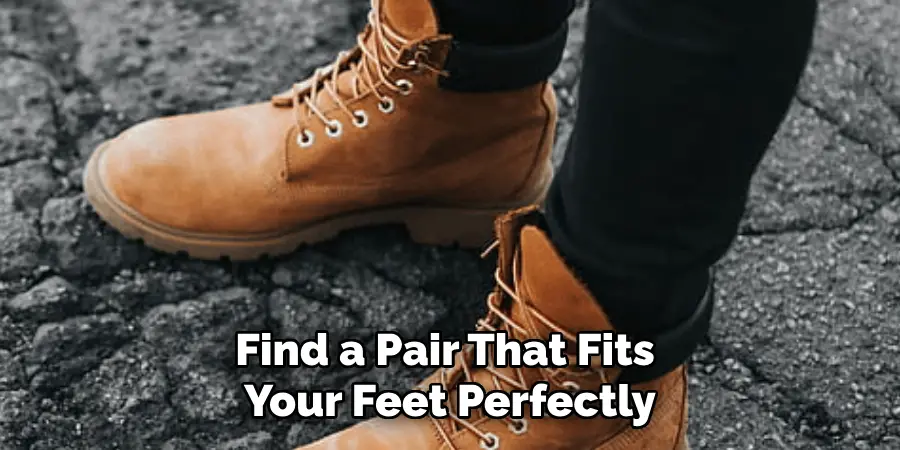
Following these considerations will ensure that you have comfortable and safe work boots that can withstand the demands of your job. Remember to also take care of your work boots by cleaning and conditioning them regularly, as well as storing them properly when not in use. By following these tips, you can extend the lifespan of your work boots and avoid any potential injuries or discomfort while wearing them. Happy working!
Frequently Asked Questions
What Are Work Boots?
Work boots are specially designed shoes that are meant to be worn in work environments. They are typically made with durable materials such as leather and steel to provide protection and support for the feet, ankles, and legs. Work boots come in various styles and designs depending on their intended use, but they all share the common purpose of keeping the wearer safe while on the job.
Why Do You Need Work Boots?
Work boots are essential for anyone working in a hazardous or physically demanding environment. They protect against potential hazards such as falling objects, sharp tools, and electrical currents. Additionally, work boots offer support for the feet and ankles to prevent injuries caused by long hours of standing or walking on hard surfaces. Investing in a good pair of work boots can make a significant difference in the safety and comfort of your workday.
How Should Work Boots Fit?
The fit of work boots is crucial for both comfort and safety. A good-fitting pair should feel snug but not too tight, with enough room in the toe box to wiggle your toes comfortably. The heel should stay in place while walking, and there should be no slippage or rubbing against the sides or back of the foot. It’s also essential to consider the type of socks you will be wearing with your work boots, as this can affect the fit.
How Do I Break In Work Boots?
Breaking in new work boots is a common concern for many people. This process typically involves wearing them around for a few days or weeks until they become more comfortable. To speed up the break-in process, you can try wearing thicker socks, using a shoe stretcher, or massaging the leather with oil to soften it. However, it’s crucial to avoid rushing the break-in process as this can lead to discomfort and blisters.
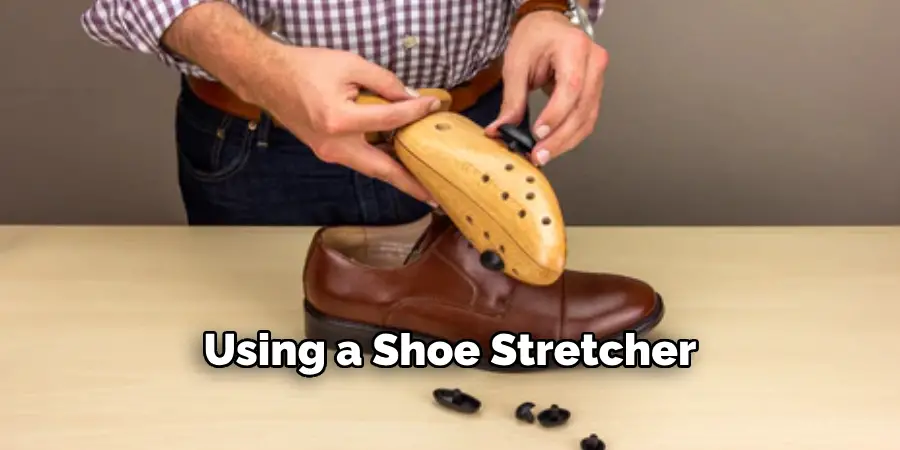
Conclusion
Now you know how to wear work boots, why they are essential for certain jobs, and how to ensure the perfect fit. Remember to choose a high-quality pair of work boots that meet safety standards and suit your specific job requirements. And don’t forget to break them in gradually for maximum comfort and protection on the job. Stay safe out there! Happy working!

